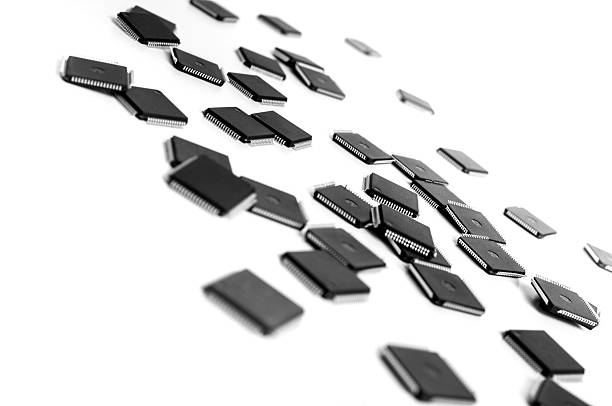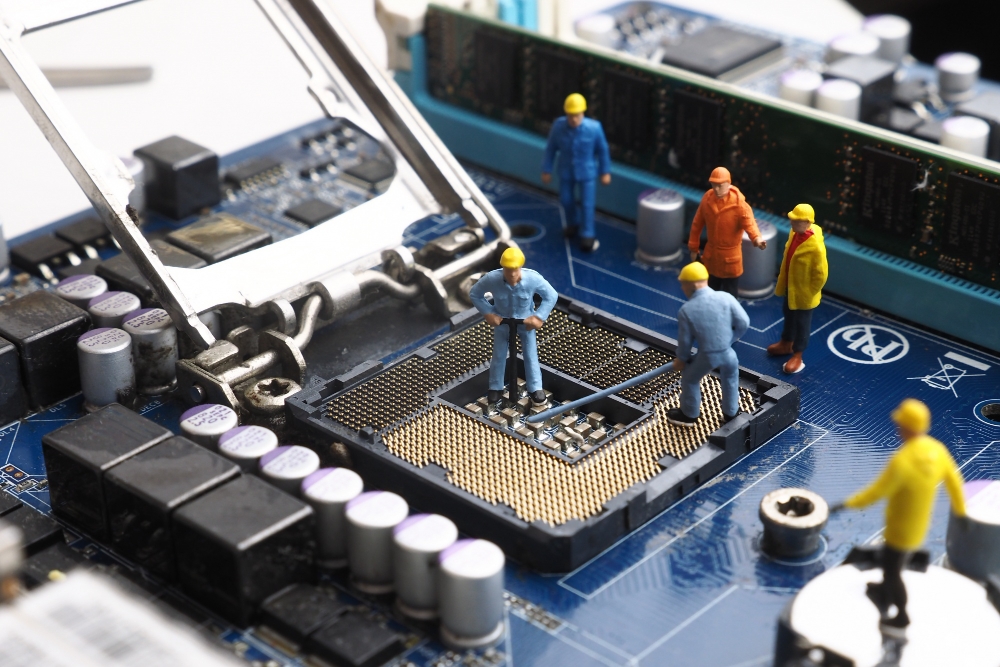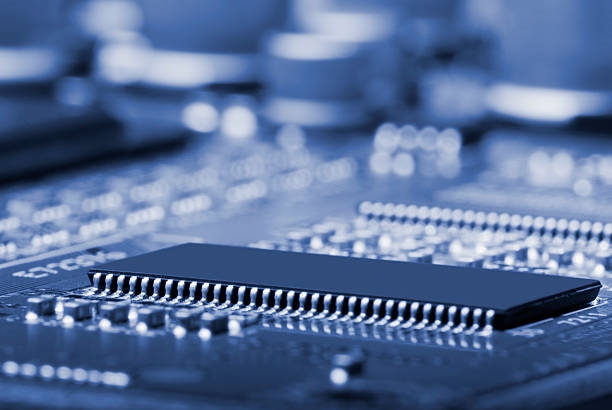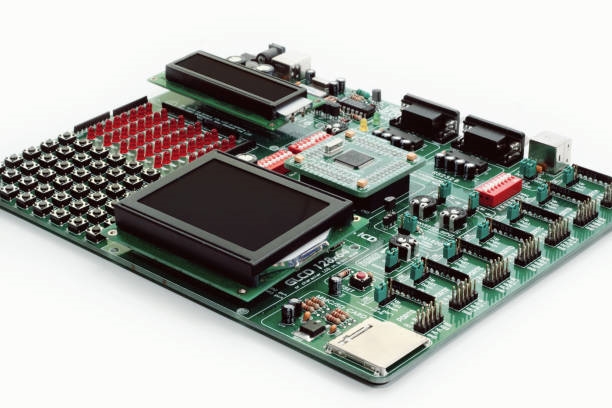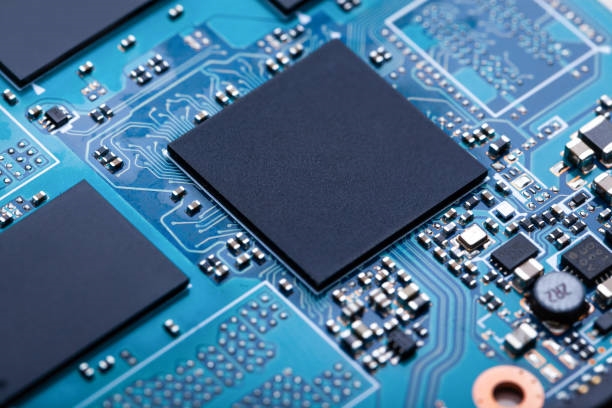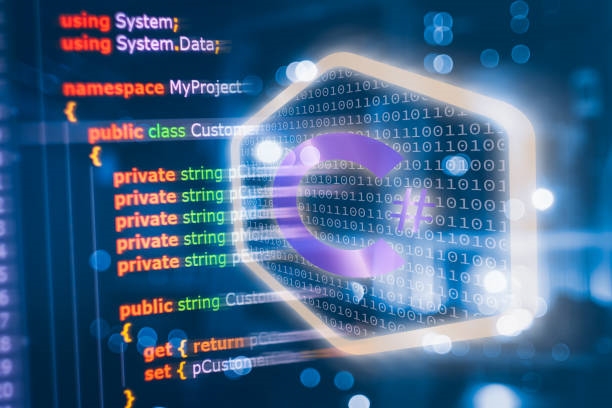Introduction
Many beginners ask: how can I learn microcontrollers well? Below I describe how I started, how I approached hands-on work, and how I moved from beginner to proficient.
Most hobbyists and engineers still use the MCS-51 family frequently. There is a lot of documentation and a large user base. Here I summarize my experience on how to learn microcontrollers faster.
Read, but focus on hands-on practice
Microcontroller courses emphasize hands-on practice. You must read a manual to understand the main function registers, because programming a microcontroller essentially means using software to control its function registers and GPIO pin levels. The changes in those high/low levels control the board and implement system functions.
Reading should give you a basic idea of what each pin does and what features are available. The first one or two readings may not make everything clear, but that is normal if you lack practical exposure.
Spend a few days skimming a textbook to learn the essentials. You do not need to master every detail before starting experiments. After a basic understanding, start practicing immediately.
Choose a learning board
There are two practical approaches to start hardware practice. One, buy a simple microcontroller learning board. For beginners, a board with too many features can be confusing. A useful starter board typically includes:
- chasing LEDs
- seven-segment display
- individual buttons and a matrix keypad
- ADC or DAC channels
- LCD and a buzzer
If you can use these features confidently, you have a good hardware foundation. The other approach is to ask an experienced person to help assemble a minimal system board. If you cannot find help nearby, buying your own board is more convenient for repeated experiments.
Practice workflow
Connect the learning board to a computer, install the debugger, and learn the debugging workflow. Start from the simplest experiments, such as a running LED project. When you can control the LEDs as intended, you have entered the field. Next, make the seven-segment display work. Each solved problem builds confidence and reinforces learning.
When you encounter issues while programming, consult the book or ask others. Solutions learned while solving real problems tend to be remembered permanently. Practical problems anchor theoretical knowledge.
Programming language: C or assembly?
Both C and assembly can be used for microcontroller programming. I recommend C for beginners. If you already have C experience, learning will be faster; if not, you can learn C alongside microcontroller practice. C is a practical tool with abundant resources and better portability. Modern microcontrollers have higher clock speeds and larger ROM, so C performance is usually sufficient.
Assembly offers high efficiency but is more verbose and harder, especially for algorithmic tasks. If you do not know assembly, it is not fatal; however, lacking C knowledge will limit you. For most applications, C strikes the best balance.
Summary advice
With persistence and the willingness to keep trying after failures, learning microcontrollers is straightforward. A suggested learning timeline:
- Read one textbook to get a rough understanding of the microcontroller architecture. Do not worry about understanding everything. (3 days)
- Practice with a learning board and write programs. Focus on programming and consult references when needed. (20 days)
- Find small circuit examples online, practice designing peripheral circuits, solder them, and debug. (10 days)
- Design a circuit or product that reflects your personal style. At this stage you will be proficient.
Learning insights
It is unnecessary for beginners to start with assembly. Starting with C saves time and accelerates progress. At first, avoid spending too much time trying to understand every internal detail of the microcontroller. After you can program and use the device, understanding of the internals will develop naturally.
Practical skills to master
Microcontroller proficiency requires both software and hardware knowledge. Below are recommended learning steps and key topics.
1. Digital I/O
Use buttons as inputs and LEDs as outputs to learn GPIO. For example, when a button is pressed, an LED lights. This demonstrates combinational logic and basic programming concepts: you must initialize the relevant registers to configure pins for input or output.
2. Timers
Timers implement timed sequences. For example, create a corridor light that turns on for 3 minutes after a button press, stays permanently on after two quick presses, or turns off if the button is held for more than 2 seconds. Timers plus logic form the basis of many control applications. While digital logic ICs, PLDs, or PLCs can implement timing, microcontrollers often provide the simplest and lowest-cost solution.
3. Interrupts
Programs typically run sequentially. If a fast event occurs, like a falling edge from a button, the program might miss it unless you use interrupts. Interrupts pause the main program to handle the event, then return to normal execution. Key difficulties include knowing when to enable or disable interrupts, which registers to set, and how the interrupt service routine should behave. Mastering interrupts enables more complex program structures that can monitor multiple events concurrently.
4. UART/RS-232 communication
Most microcontrollers provide a USART interface. USART signals cannot be directly connected to a PC RS-232 port because of different voltage levels; a level translator such as MAX3232 is required. Using UART is important for exchanging data with a PC. Learn serial protocols and PC-side serial programming to display board data on a PC or send keyboard input from a PC to the microcontroller.
5. A/D conversion
Many microcontrollers include multi-channel ADCs. A/D converters enable handling of analog signals like voltages and currents. Learn about analog and digital grounds, reference voltages, sample time, conversion rate, and conversion error. A basic project is designing a voltmeter using the ADC.
6. Peripheral buses and displays
Learn interfaces such as SPI, I2C, and LCD interfacing to connect external devices and expand microcontroller capabilities.
7. Capture/compare and PWM
These functions allow motor control, speed detection, and motor speed regulation. Mastering the above seven areas enables design of typical embedded applications.
8. Advanced interfaces
Learn USB, TCP/IP, and industrial bus hardware and software design for modern product development. These topics are important for contemporary embedded systems.
Career perspective and broader thinking
Microcontrollers are practical tools rather than an end in themselves. While they remain important, product development requires consideration of mechanical dimensions, thermal management, mounting methods, and integration with upstream and downstream systems. Good designs must fit the target environment, not just implement microcontroller functionality.
Combine microcontroller skills with domain knowledge in the industry you work in. That combination provides stronger career options than focusing narrowly on microcontroller programming alone. Familiarity with the broader system context makes your designs more valuable.
Many developers stay with microcontroller work for decades; there is sustained demand for embedded system skills. No profession is universally best, but microcontroller expertise remains a practical and applicable skill set.
Final thoughts
Microcontroller work is relatively low-level and hardware-oriented. You do not need advanced data structures or sophisticated algorithms for most microcontroller applications. Approach programming from the perspective of how the microcontroller executes instructions. Focus on practical application rather than elevating yourself to a research role. As you become comfortable with microcontroller use, invest energy in understanding the application environment and integration requirements. That is where the real value lies.
 ALLPCB
ALLPCB


